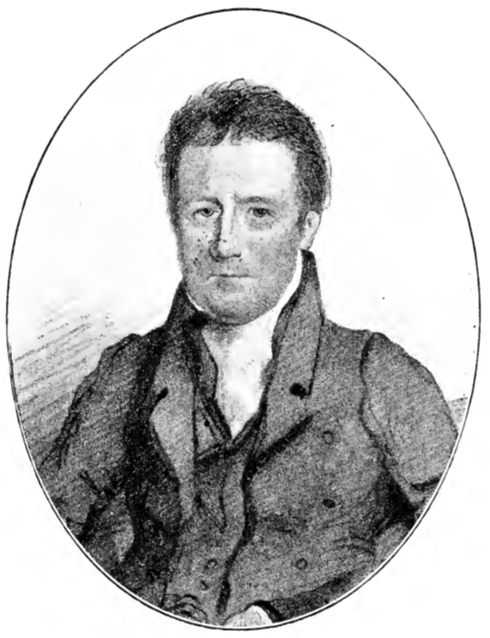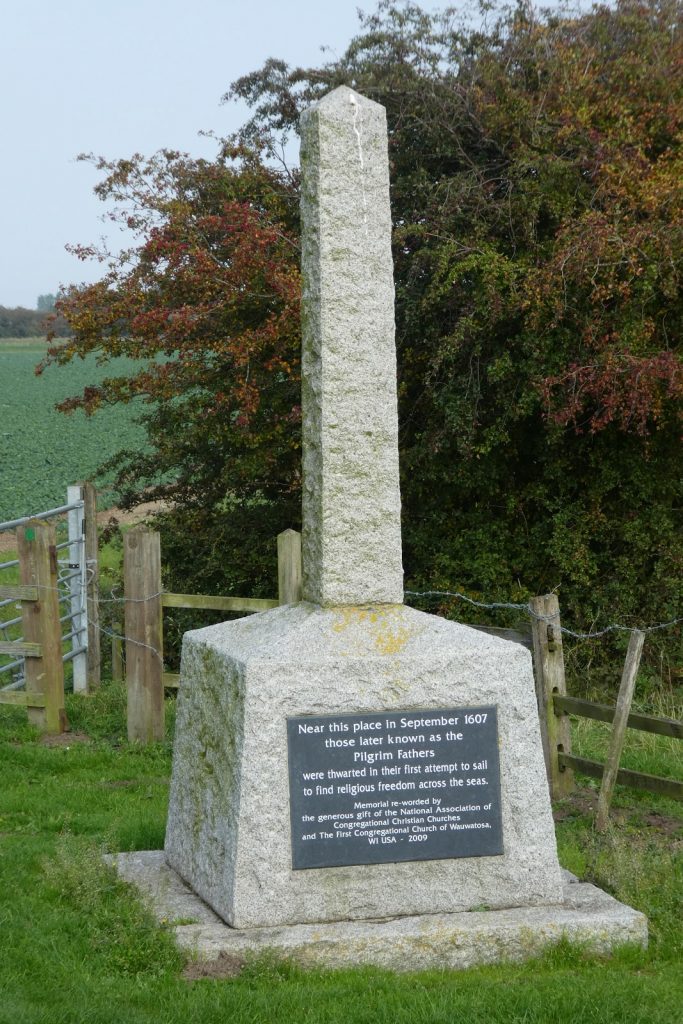In other blogs we have written about how the Pilgrims became the muse of Romantic artists and authors in the early nineteenth century, such as the poets Felicia Hemans and William Wordsworth. Yet many of the details of the actual history of the former lives of the Separatists – their homes and places of worship in the Old England – remained vague or unknown to the early Victorians. In this post, we investigate how some of the gaps in knowledge were filled in, and the vital role played by a now mostly forgotten English antiquarian: Joseph Hunter.
Nottinghamshire
The Mayflower Pilgrims – A Voyage Out of Context
*Guest post by Adrian Gray, historical adviser to Bassetlaw Christian Heritage and director of Pilgrims & Prophets Christian Heritage Tours*
Growing up in Lincolnshire and now living just on the Nottinghamshire side of the border, I’ve long been aware of the ‘Mayflower’ story but have also noticed that its local impact has been small. In the Scrooby/Gainsborough area there has never been any statue and all the memorial plaques were, until recently, mainly the work of American Congregationalists. On the coast, 45 miles away, are two memorials also funded by Congregationalists and neither in the correct place. ‘Locals’ seem to have seen it as a story about someone else.
With Mayflower 400, there was some growing local interest – partly because many of us have been active in re-shaping the story so that it has clear local relevance. The focus on William Brewster and William Bradford, people who were not that important while they were here, has been at the expense of understanding local context; nor has there been much awareness of what happened here after ‘they’ left.


